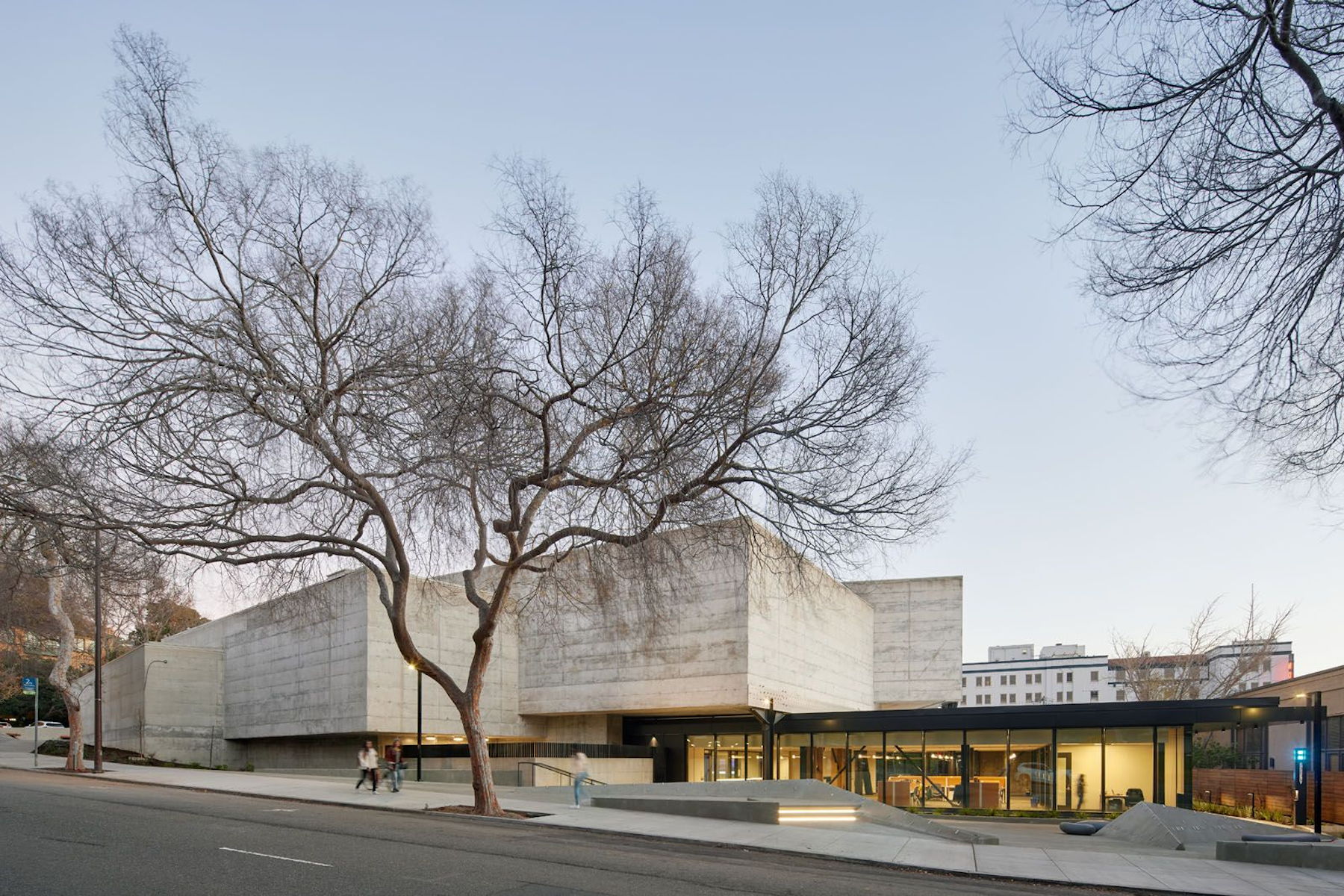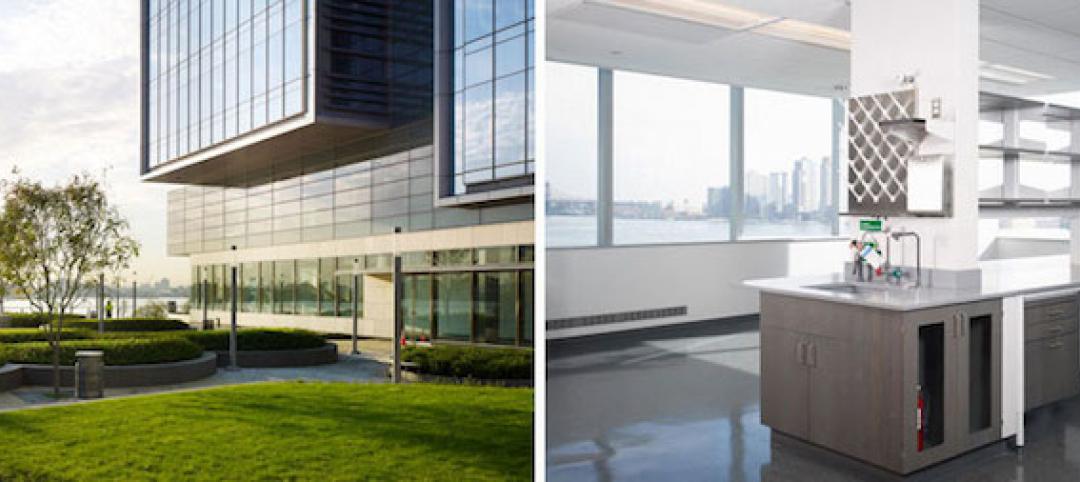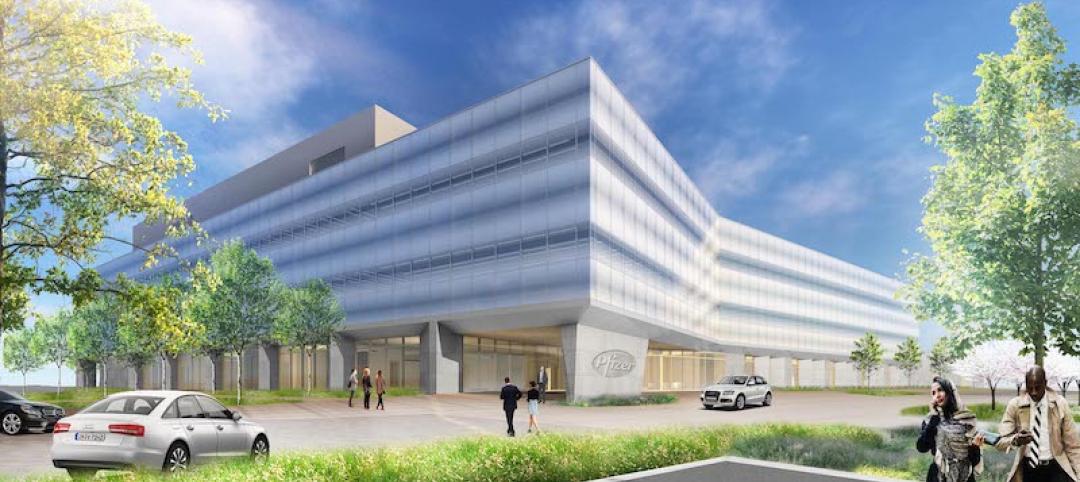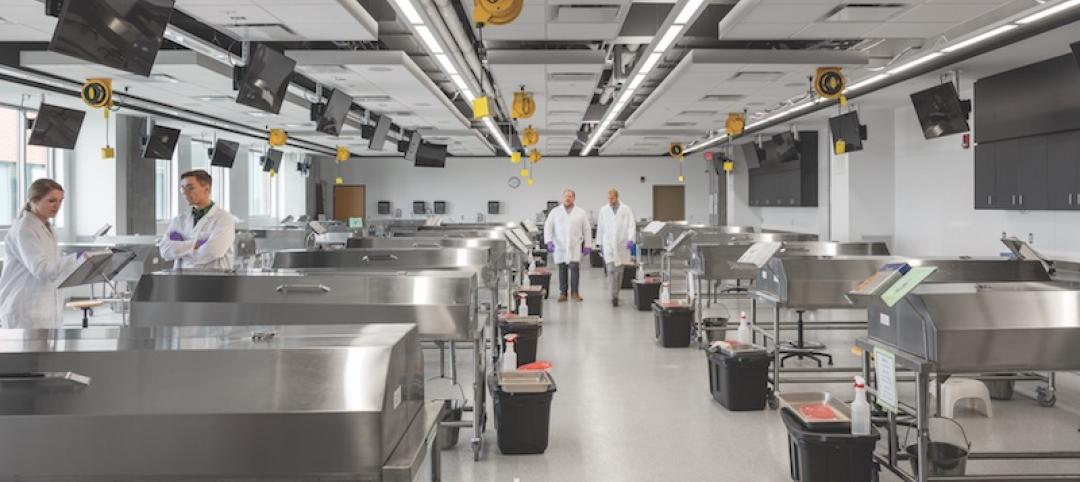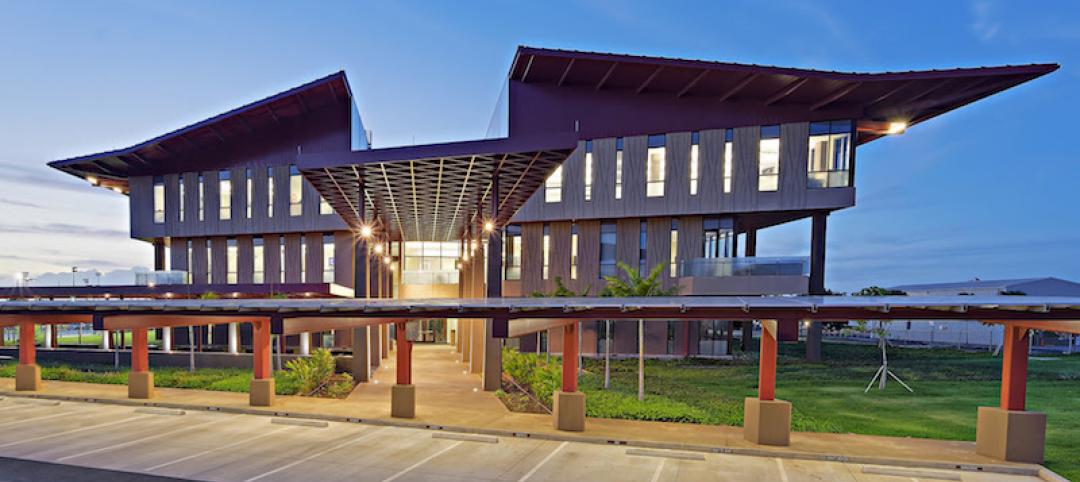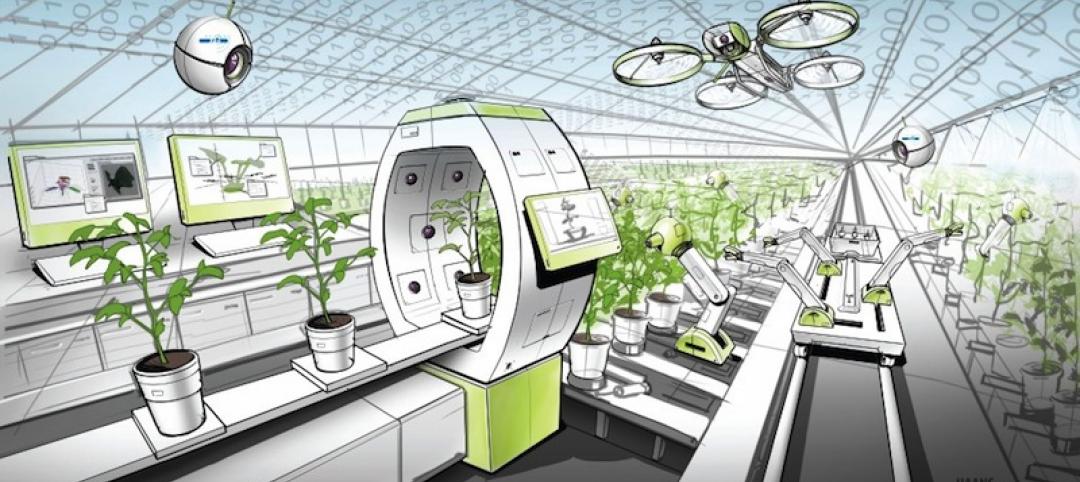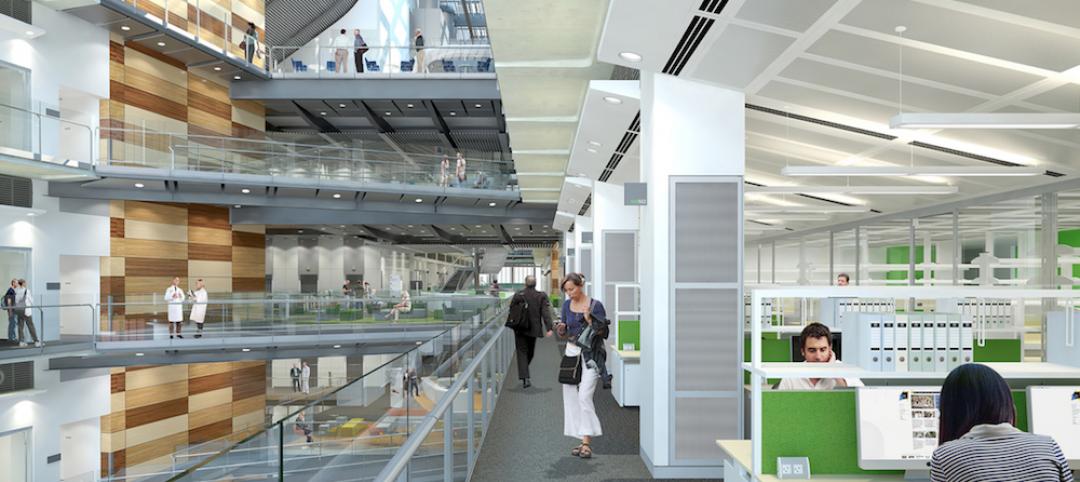After extensive renovation and an addition, the former Berkeley Art Museum and Pacific Film Archive at the University of California, Berkeley campus reopened in May 2022 as a modern life science lab building. The brutalist-style, historically significant structure, designed by Mario Ciampi, had been vacated in 2014 after being deemed seismically unsafe. MBH Architects, first brought on for a feasibility study, designed the renovations needed to make the building well-suited for life science laboratories while preserving the structure’s historical significance.
The design for the Bakar BioEnginuity Hub includes a glass-fronted addition and two new public plazas, as well as well-equipped research space, which is often cost-prohibitive for the young companies the facility will accommodate. MBH identified four major challenges to renovating the structure to satisfy the life science requirements:
- Upgrading structural performance to the current code
- Designing a life science and coworking program to fit within the building’s irregular geometry
- Addressing life safety and substantial mechanical modernization
- Performing renovations and upgrades while preserving the building’s historical character
Seismic performance, water intrusion, and acoustic performance, were addressed while bringing the building up to code. Mechanical, electrical, and plumbing infrastructure was overhauled, including the replacement of existing gas service with all-electric systems. This allowed the project to achieve low EUI, operational carbon neutrality, and Net-Zero HVAC water-use, as well as to meet LEED Gold requirements. Because the building is nearly all concrete, including floors, walls, and ceilings, the team was challenged to make all upgrades, including new modern lighting while minimizing the amount of cutting of the original structure.
Programmatic elements include a laboratory, open office areas, collaboration spaces, private offices, conference rooms, an auditorium, an undergraduate program area, terraces, and public outdoor spaces. The former museum’s upper-level galleries became glass-fronted labs that overlook dramatic cantilevered ramps hanging within a sky-lit double height space. These ramps and other parts of the museum’s circulation system that once led visitors from gallery to gallery have been preserved to foster interaction between groups of people who might not otherwise have an occasion to converse. This attribute furthers the university’s goal of encouraging innovation among scientists.
To spiff up what could otherwise be sterile-looking lab spaces, the design team infused the labs with liveliness by making walls brightly colored and importing natural light by uncovering and replacing skylights that had been covered to protect artwork from ultraviolet light damage. Workspaces and common area materials provide forms that contrast and complement the original structure and provide a welcoming environment.
On the Building Team:
Architect/Designer: MBH Architects
Structural Engineer: Forell | Elsesser
MEP: PAE
Historical Consultant: Page and Turnbull
Acoustics Consultant: Salter Associates
Lab Consultant: ZGF Architects
Civil Engineer: Luk & Associates
Landscape Architects: Jett Landscape Architecture + Design
General Contractor: Plant Construction
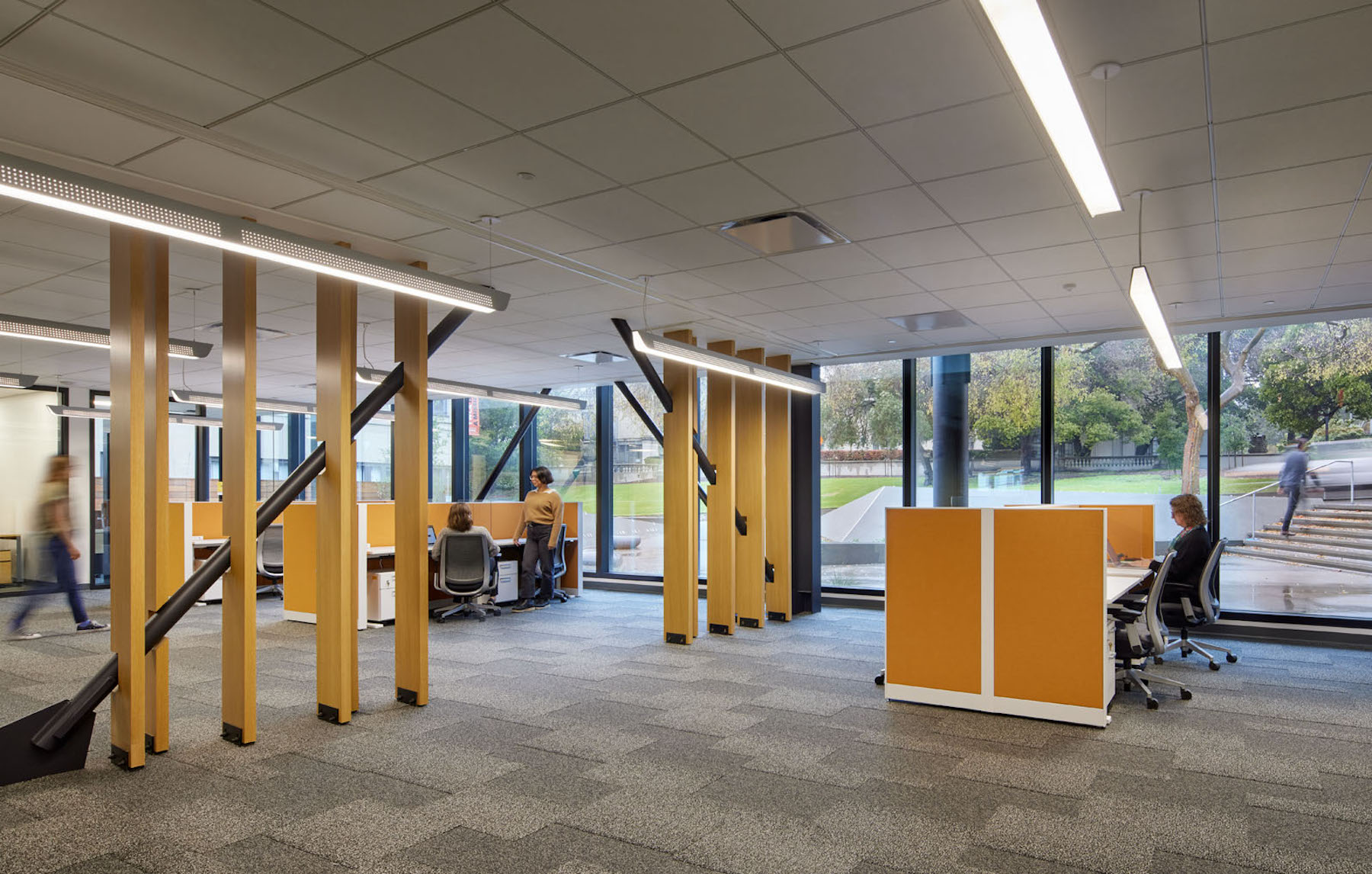
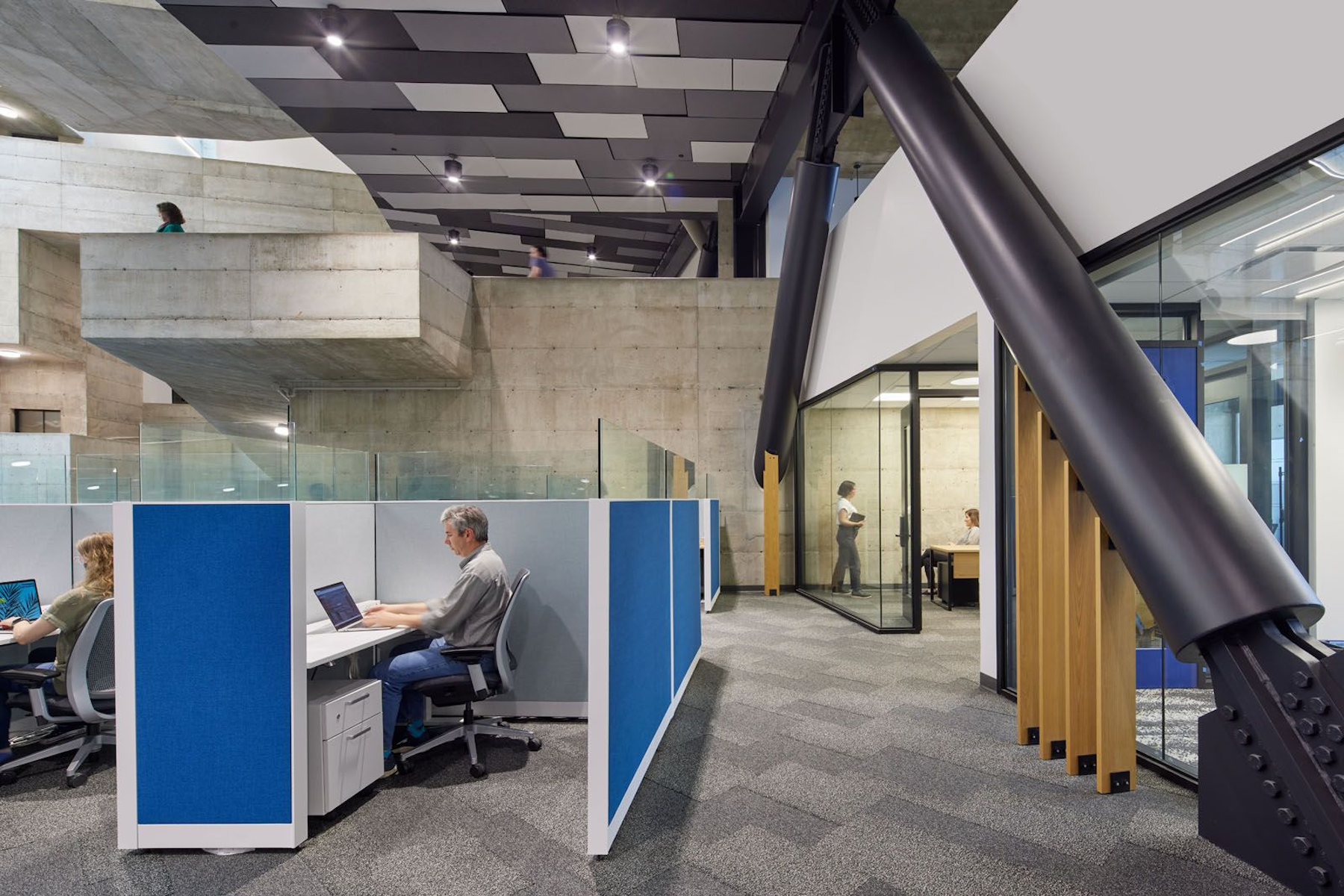
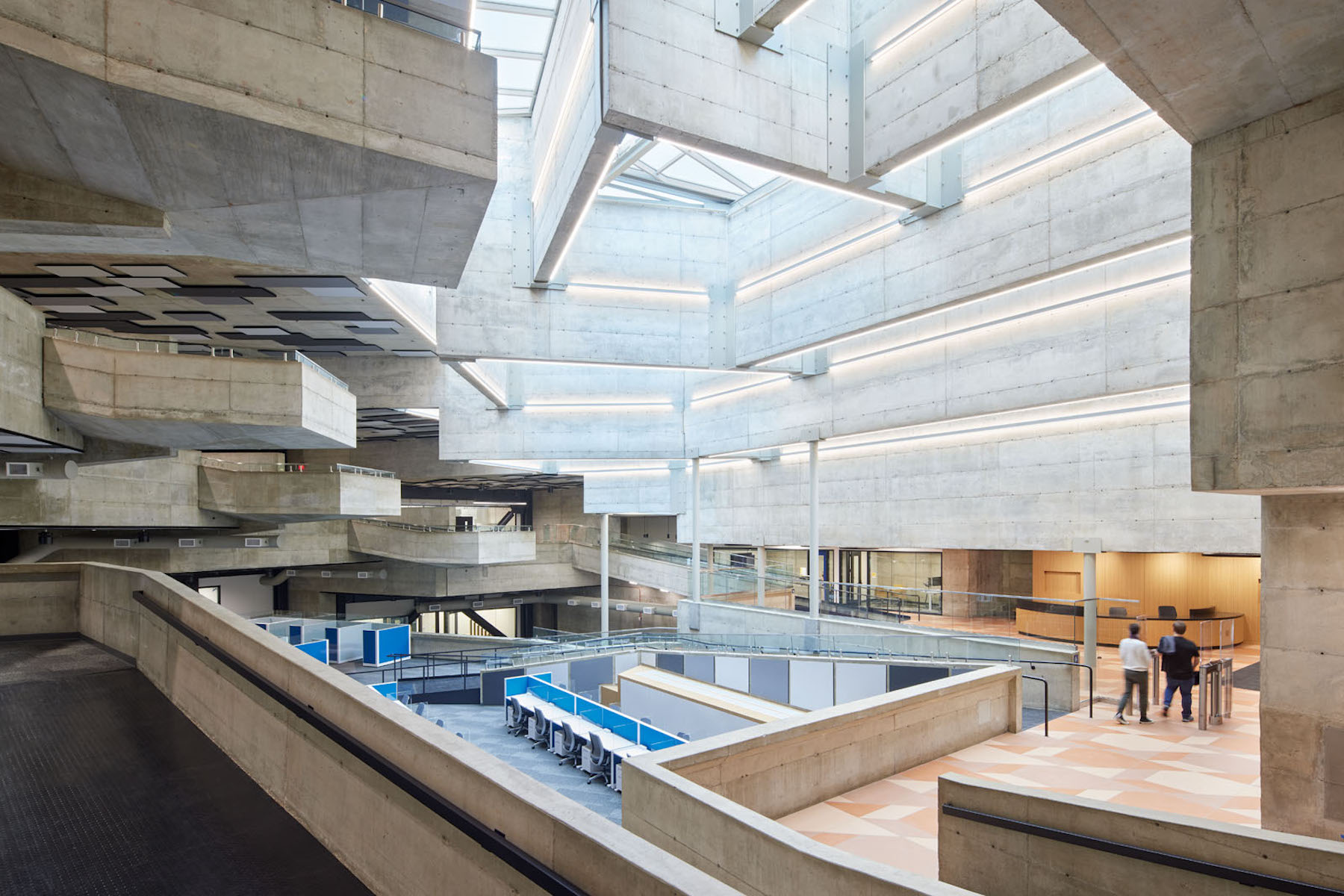
Related Stories
Laboratories | Sep 12, 2017
New York City is positioning itself as a life sciences hub
A new Transwestern report highlights favorable market and regulatory changes.
Laboratories | Aug 3, 2017
Today’s university lab building by the numbers
A three-month study of science facilities conducted by Shepley Bulfinch reveals key findings related to space allocation, size, and cost.
Laboratories | Jul 18, 2017
Pfizer breaks ground on new R&D campus in St. Louis suburb
The facility will consolidate the company’s local workforce, and provide flexible work and research spaces.
Building Team Awards | Jun 12, 2017
The right prescription: University of North Dakota School of Medicine & Health Sciences
Silver Award: North Dakota builds a new medical/health sciences school to train and retain more physicians.
Laboratories | Apr 13, 2017
How to design transformative scientific spaces? Put people first
While most labs are designed to achieve that basic functionality, a transformational lab environment prioritizes a science organization’s most valuable assets: its people.
Laboratories | Sep 26, 2016
Construction has finished on the world’s largest forensic anthropology lab, designed by SmithGroupJJR
The lab’s main purpose will be to help in the investigation, recovery, and accounting of Americans lost in past wars.
Laboratories | Aug 8, 2016
The lab of the future: smaller, flexible, tech-enabled, business focused
A new CBRE report emphasizes the importance of collaboration and standardization in lab design.
Laboratories | Jun 16, 2016
How HOK achieved design consensus for London's Francis Crick Institute
The 980,000-sf, $931 million facility is the result of a unique financing mechanism that brought together three of the U.K.’s heaviest funders of biomedical research—the Medical Research Council, Cancer Research UK, and the Wellcome Trust—and three leading universities—University College London, Imperial College London, and King’s College London.


